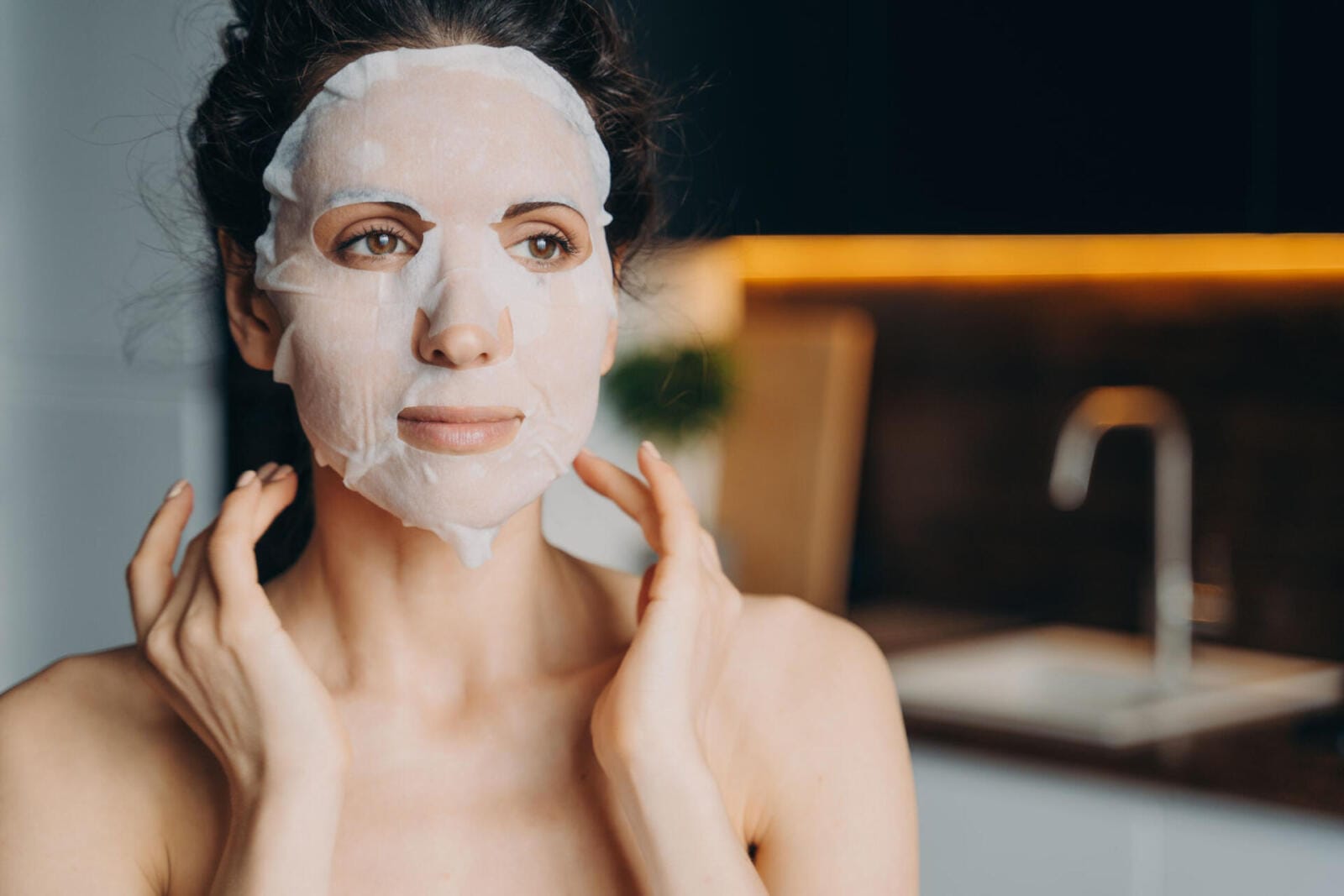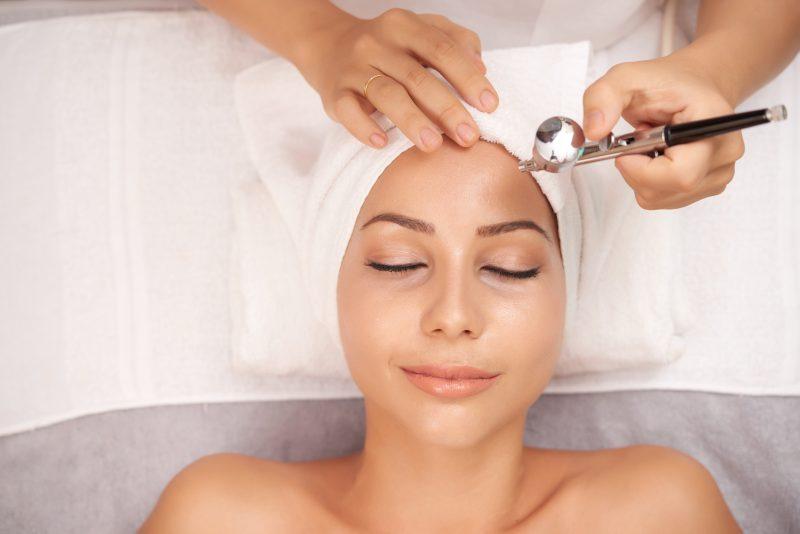Professional Skincare, Skincare
How to Make Sheet Masks the Star of Your Skincare Treatments
Have you ever thought about what makes the sheet mask such a sought-after treatment? It’s not just a quick trend. Studies show that the global sheet mask market was valued at over $160 million in 2020 and is projected to grow significantly over the next decade. That’s more than just a passing craze—there’s a reason behind this widespread love for sheet masks. Whether you’re a beauty professional or a skincare enthusiast, incorporating sheet masks into treatments can unlock new dimensions for your clients. And yes, there’s a bit of science, technique, and artistry behind it!
In this article, I’ll guide you through ways to seamlessly add sheet masks into your treatments for maximum impact. We’ll explore when to apply them, how to select the right types, and how to make each session a standout experience. Ready to transform your skincare game? Let’s go!
The Power of Sheet Masks in Skincare Treatments
Sheet masks are much more than a moisturizing step. They’re little powerhouses, delivering a potent blend of ingredients straight to the skin through occlusion, which intensifies ingredient absorption. When a mask forms a seal on the skin, it prevents water from evaporating, helping active ingredients penetrate deeper. This is a significant advantage when working on clients with specific skincare goals.
From hydrating and anti-aging effects to brightening and clarifying, sheet masks can cater to diverse needs. They can soothe sensitive skin, control oil in acne-prone skin, and improve overall skin texture. The beauty of sheet masks is their versatility; they’re perfect as standalone treatments or enhancements to other skincare procedures.
Timing is Everything: When to Apply a Sheet Mask in Your Routine
One of the most common questions is when to apply a sheet mask during a treatment. Ideally, a sheet mask should be placed after cleansing, exfoliating, and any targeted treatments (like serums or spot treatments) have been applied. This sequence allows the skin to absorb the ingredients better, as it’s free from impurities and primed with active ingredients.
Think of a facial treatment as a multi-step process. The initial steps—cleansing and exfoliation—are about preparing the skin. By removing dead skin cells and impurities, these steps make way for the active ingredients in the mask to work their magic without any barriers. Once the mask has been applied and absorbed, you can finish with moisturizers, sunscreens, or any final sealing products. The result? A glow that speaks for itself.
Choosing the Right Mask for Each Skin Type
Every client is different, and so are their skin needs. Here’s how you can choose the best sheet mask to incorporate into your treatments:
Hydrating Masks for Dry or Dehydrated Skin
Dry skin craves moisture, and sheet masks enriched with ingredients like hyaluronic acid, aloe vera, and ceramides can make a world of difference. A hydrating mask applied post-exfoliation can help lock in moisture and soothe any potential irritation.
Soothing Masks for Sensitive Skin
For clients with sensitive or easily irritated skin, look for masks containing calming ingredients like chamomile, green tea, or centella asiatica. These masks are excellent after more intensive treatments, as they calm the skin and reduce redness.
Brightening Masks for Dull Skin
If your client’s skin appears dull or has uneven pigmentation, a brightening sheet mask is ideal. Look for ingredients like vitamin C, niacinamide, and licorice extract. These masks work well to brighten the complexion, especially after treatments that focus on resurfacing.
Clarifying Masks for Oily or Acne-Prone Skin
Clients with oily or acne-prone skin can benefit from masks containing tea tree oil, salicylic acid, or charcoal. These ingredients can help control oil, reduce inflammation, and draw out impurities, making them perfect for a deep-cleansing session.

Making the Application a Unique Experience
Let’s face it—anyone can put a sheet mask on. But how you incorporate it into your treatment can elevate the entire experience. Here are some techniques to make it memorable:
Start by warming up your client’s skin with a gentle massage, which promotes blood circulation and relaxes the facial muscles. Once the skin is primed, apply the sheet mask slowly and evenly, smoothing out any wrinkles. This extra attention to detail feels luxurious, which your clients will notice.
While the mask is on, take advantage of the downtime to offer additional treatments, like a soothing hand or scalp massage. This adds value to the session and helps clients associate sheet masks with a complete relaxation experience.
Amplify Results with Targeted Ingredients
Not all sheet masks are created equal. Different masks bring different benefits, and understanding these variations can help you address specific skin concerns more effectively.
Hyaluronic Acid for Intense Hydration
Hyaluronic acid is a beloved ingredient in the skincare industry, primarily for its ability to attract and hold water. Using a sheet mask with hyaluronic acid is like giving the skin a tall drink of water, making it a fantastic choice for dry or aging skin.
Vitamin C for Brightening
Vitamin C is renowned for its brightening and anti-aging properties. By using a sheet mask infused with vitamin C, you can help brighten your client’s skin tone and give them that sought-after glow.
Collagen for Firming and Anti-Aging
Collagen-infused masks are popular for their firming effects. They don’t directly increase collagen levels but rather plump the skin, creating a smooth and youthful look.
Customizing Masks for a Personalized Treatment
Sometimes, you need to go beyond pre-made formulas to give your clients the best results. Consider adding a serum or essence on top of the mask to customize the treatment further. If your client has particularly dry skin, add a few drops of a hydrating serum on the mask before applying it to the skin. This layering technique can enhance the mask’s effects and create a more personalized experience.
Another way to customize is to use a facial roller or gua sha tool over the mask. Not only does this help the mask adhere better, but it also encourages absorption, allowing your clients to get more out of each treatment.
Ending with a Perfect Finish
After removing the mask, there’s often a layer of essence left on the skin. Instead of wiping it away, take a moment to massage it into the skin. This helps the remaining product absorb, leaving the skin with a natural glow. Plus, your clients will love the added touch.
Finish with a moisturizer to seal in the benefits of the mask, followed by sunscreen if it’s a daytime treatment. This final layer is essential as it protects the skin barrier and prolongs the effects of the treatment.
Educating Clients on the Benefits of At-Home Sheet Mask Use
Your clients may enjoy sheet masks as part of their professional treatment, but many would love to extend these benefits at home. Encourage them to incorporate sheet masks into their routine once or twice a week, emphasizing how it can enhance the results of your treatments. You could recommend specific masks or brands that complement the treatments you provide, helping clients maintain that spa-like glow between sessions.
Sheet masks aren’t just an add-on to your treatments—they’re an experience in themselves. By carefully selecting, timing, and applying sheet masks, you can create transformative effects that clients will notice immediately. Not only does this enhance the value of your service, but it also keeps clients coming back for the unique experience they won’t get anywhere else.





